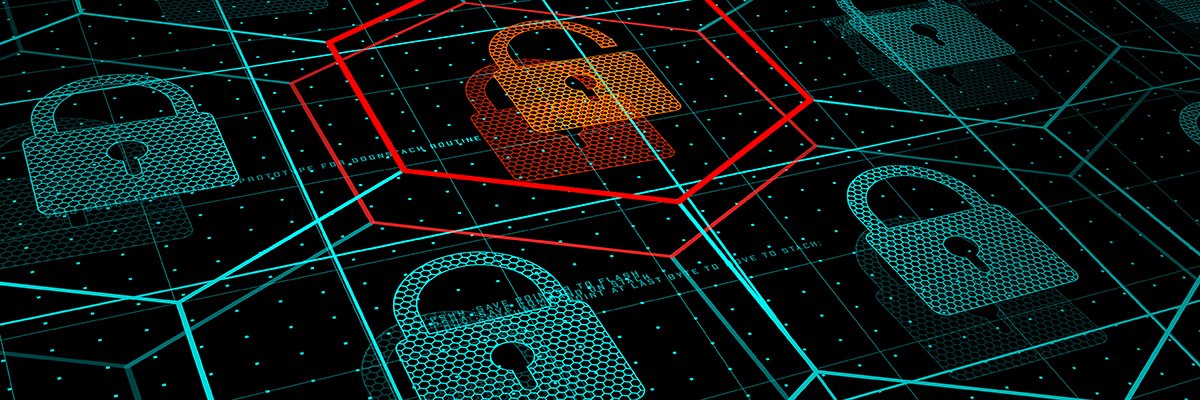Data loss prevention (DLP) and data security posture management (DSPM) tools are becoming increasingly essential for organizations looking to protect their sensitive information in the cloud and on-premises. These tools offer a wide range of powerful features that help companies safeguard their data and prevent potential breaches.
One of the key benefits of using DLP and DSPM tools is their ability to monitor and control the flow of data both within and outside of an organization’s network. By setting up policies and rules, administrators can ensure that sensitive information is not accidentally or maliciously leaked, whether it be through email, file sharing, or other means. This level of visibility and control is crucial for organizations that handle sensitive data, such as financial information, health records, or intellectual property.
In addition to monitoring data flow, DLP and DSPM tools also offer encryption capabilities to protect data at rest and in transit. This ensures that even if data is somehow compromised, it will be unreadable to unauthorized users. Encryption is a fundamental component of any data security strategy and is a key feature of these tools.
Another important feature of DLP and DSPM tools is their ability to detect and respond to security incidents in real-time. These tools can alert administrators to suspicious activity, such as unauthorized access attempts or unusual data transfers, allowing them to take immediate action to prevent potential breaches. This proactive approach to security is essential in today’s threat landscape, where cyberattacks are becoming increasingly sophisticated and prevalent.
Furthermore, DLP and DSPM tools offer comprehensive reporting and auditing capabilities, allowing organizations to track and analyze data security incidents over time. This information can be invaluable for identifying vulnerabilities in the organization’s security posture and implementing measures to mitigate future risks. By continuously monitoring and improving their data security practices, organizations can stay one step ahead of potential threats and protect their most valuable assets.
Overall, DLP and DSPM tools are essential components of a comprehensive data security strategy. By providing organizations with the tools they need to monitor, control, and protect their sensitive information, these tools help safeguard against data breaches and ensure compliance with regulatory requirements. As data continues to be the lifeblood of modern organizations, investing in robust data security solutions is crucial for maintaining a strong security posture and protecting valuable assets.


